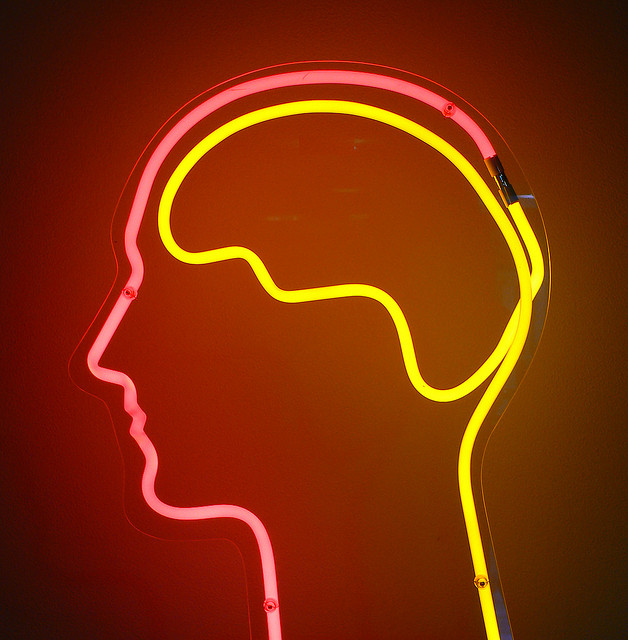 PTSD is not the only psychological disorder affecting civilian contractors employed overseas. Other psychological disorders are equally dangerous, and they are also covered by the Defense Base Act.
PTSD is not the only psychological disorder affecting civilian contractors employed overseas. Other psychological disorders are equally dangerous, and they are also covered by the Defense Base Act.
Over the next couple of months, I am going to periodically provide the diagnostic criteria for other mental disorders that are common to DBA claims. These criteria come directly from the American Psychiatric Association’s Diagnostic and Statistical Manual of Mental Disorders (also known as the DSM-5). And all of the disorders that I will mention are disorders I have actually encountered in Defense Base Act and War Hazards Compensation Act claims.
Today’s post is about Acute Stress Disorder, the diagnostic criteria of which is:
A. Exposure to actual or threatened death, serious injury, or sexual violation in one (or more) of the following ways:
1. Directly experiencing the traumatic event(s)
2. Witnessing, in person, the event(s) as it occurred to others.
3. Learning that the event(s) occurred to a close family member or close friend. Note: In cases of actual or threatened death of a family member or friend, the event(s) must have been violent or accidental.
4. Experiencing repeated or extreme exposure to aversive details of the traumatic event(s) (e.g., first responders collecting human remains, police officers repeatedly exposed to details of child abuse).Note: This does not apply to exposure through electronic media, television, movies, or pictures, unless this exposure is work related.
B. Presence of nine (or more) of the following symptoms from an of the five categories of intrusion, negative mood, dissociation, avoidance, and arousal, beginning or worsening after the traumatic event(s) occurred:
Intrusion Symptoms
1. Recurrent, involuntary, and intrusive distressing memories of the traumatic event(s). Note: In children, repetitive play may occur in which themes or aspects of the traumatic event(s) are expressed.
2. Recurrent distressing dreams in which the content and/or affect of the dream are related to the event(s). Note: In children, there may be frightening dreams without recognizable content.
3. Dissociative reactions (e.g., flashbacks) in which the individual feels or acts as if the traumatic event(s) were recurring. (Such reactions may occur on a continuum, with the most extreme expression being a complete loss of awareness of present surroundings.) Note: In children, trauma-specific reenactment may occur in play.
4. Intense or prolonged psychological distress or marked physiological reactions in response to internal or external cues that symbolize or resemble an aspect of the traumatic event(s).Negative Mood
5. Persistent inability to experience positive emotions (e.g., inability to experience happiness, satisfaction, or loving feelings).
Dissociative Symptoms
6. An altered sense of the reality of one’s surroundings or oneself (e.g., seeing oneself from another’s perspective, being in a daze, time slowing).
7. Inability to remember an important aspect of the traumatic event(s) (typically due to dissociative amnesia and not to other factors such as head injury, alcohol, or drugs).Avoidance Symptoms
8. Efforts to avoid distressing memories, thoughts, or feelings about or closely associated with the traumatic event(s).
9. Efforts to avoid external reminders (people, places, conversations, activities, objects, situations) that arouse distressing memories, thoughts, or feelings about or closely associated with the traumatic event(s).Arousal Symptoms
10. Sleep disturbance (e.g., difficulty falling or staying asleep, restless sleep).
11. Irritable behavior and angry outbursts (with little or no provocation), typically expressed as verbal or physical aggression toward people or objects.
12. Hypervigilance.
13. Problems with concentration.
14. Exaggerated startle response.C. Duration of the disturbance (symptoms in Criterion B) is 3 days to 1 month after trauma exposure.
Note: Symptoms typically begin immediately after the trauma, but persistence for at least 3 days and up to a month is needed to meet disorder criteria.
D. The disturbance causes clinically significant distress or impairment in social, occupational, or other important areas of functioning.
E. The disturbance is not attributable to the physiological effects of a substance (e.g., medication or alcohol) or another medical condition (e.g., mild traumatic brain injury) and is not better explained by brief psychotic disorder.
A lot of this sounds very similar to PTSD. It should. The DSM-5 advises that an Acute Stress Disorder diagnosis should be changed to PTSD if the “symptoms persist for more than 1 month and meet criteria for PTSD . . . .”
If you feel that you are experiencing the symptoms mentioned in the DSM-5’s criteria for the diagnosis of Acute Stress Disorder, then speak with a mental health professional immediately. The sooner you are diagnosed, then the sooner you will be on the road to recovery.
In the event that the Acute Stress Disorder is related to your employment as a civilian or military contractor, then contact me for a free case evaluation. I can help. I can be reached through the form in the right margin of this case, by phone at (985) 246-3194, or by email at [email protected].
